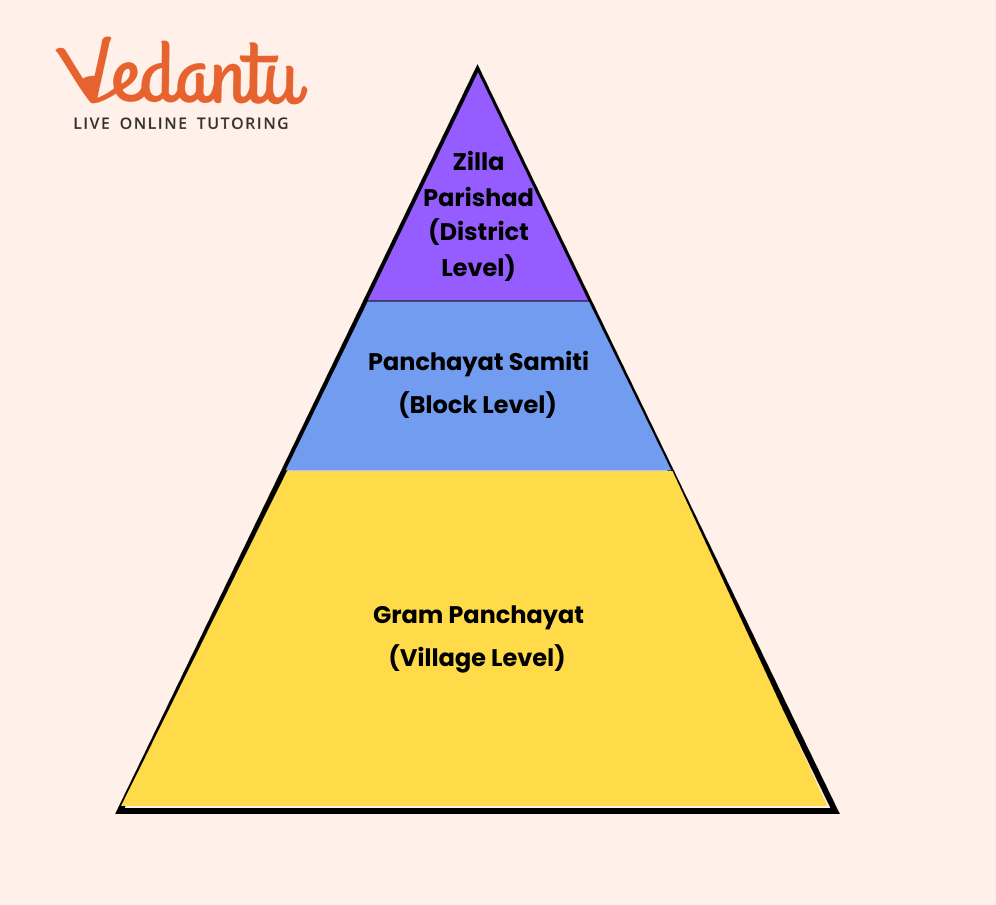Class 10 Civics Chapter 2 Notes PDF Download for FREE






Federalism Class 10 Notes: CBSE Civics Chapter 2

FAQs on Federalism Class 10 Notes: CBSE Civics Chapter 2
1. Describe India as a Federal Nation according to Class 10 Civics Ch 2 Notes.
India is a federal state. But the word "federation" is never mentioned in the constitution once. Instead, what is mentioned is that India is a "Union of States." Many experts also believe India is a quasi-federal country. It means that it is a federal state with certain characteristics of a unitary government.
The constitution of India has effectively established a federal state of government. We have various levels of government, the government in the centre, which is the Lok Sabha and the Rajya Sabha. Then there are the various state governments, the Vidhan Sabhas and the Vidhan Parishad. And finally, there are the Municipal Corporations and the Panchayats, which are forms of local governance.
2. How is the formation of Federations according to Federalism Class 10 Notes?
Two factors are essential for the institutions that practice federalism: mutual trust between various levels of government and a consensus to live together. There are two ways primarily through which federations have been formed.
The first way involves independent states grouping together on their own to form a larger unit. This kind of "coming together" federation is established in the USA, Switzerland, and Australia.
The second way is that a large country chooses to divide its powers between the constituent national government and the states. This kind of 'holding together' federations is implemented in the countries of India, Spain, and Belgium.
3. What is Federalism in Class 10 Chapter 2 notes?
Federalism is a form of governance in which two levels of government control the same area. Both the central government and the lesser political subdivisions have the authority to create laws, and they have some autonomy from one another. Federalism explains why each state has its own constitution and rights, such as the ability to determine the type of votes used in national elections. The United States of America is the most prominent example of a country having a Federalist political system. To know more about Federalism, refer to the notes by visiting the link NCERT notes for Class 10 Social Science.
4. What are the key features of federalism in Class 10 Chapter 2?
The key features of federalism are -
Two or more tiers of government: Federalism is a kind of governance in which power is shared between a central authority and its constituent entities.
Separate jurisdiction: Different levels of government control the same people, yet each has its own jurisdiction.
Constitutional superiority
Rigid Constitution
The supreme authority of the courts: Courts have the ability to interpret the Constitution and the functions of various levels of government. The Supreme Court serves as a referee between different levels of government.
5. What makes India a federal country study rank?
The Constitution initially called for a two-tiered form of governance, with the Central Government representing the Union of India and the State Governments representing the states. Panchayats and Municipalities were later introduced as the third layer of federalism. All the significant characteristics of a federal government and their proper implementation make India a federal country. The hierarchy of the governments and the courts’ roles in maintaining law and solving disputes among these levels also play a crucial role.
6. How can I download the PDF version of Solutions of Class 10 Political Science Chapter 2?
If you wish to avail of the Notes of NCERT Class 10 Social Studies Chapter 2, then -
Visit the page-NCERT notes for Class 10 Social Science.
The webpage with Vedantu’s Notes for Class 10 Social Studies Chapter 2 will open.
To download this free of cost, click on the Download PDF button and you can view the notes offline or print out the notes to have a physical copy for your reference.
Students can visit the Vedantu website to download the notes free of cost.
7. Do I need to practice all the questions of Class 10 Social Studies Chapter 2?
Yes, it is essential to practice and answer all questions since they span a wide variety of events and concepts and will provide you with a strong knowledge of the kind of questions that may be asked in those areas from an examination point of view. These questions will also help you learn how different questions on the same topic may be set and will familiarise you with the paper. You must be well-versed in all the definitions and events.
8. What are the main features of federalism explained in Federalism Class 10 notes PDF?
Federalism includes:
Multiple levels of government.
Each level manages specific areas like legislation and taxation.
Powers are protected by the constitution.
Changes to the constitution require agreement from all levels.
Courts resolve disputes between different government levels.
Each level has its own revenue sources.
It promotes national unity and regional diversity.
9. What are the two types of federations?
The two types are:
Coming Together: Independent states unite to form a larger federation (e.g., USA, Switzerland).
Holding Together: A large country divides its powers among regional and central governments (e.g., India, Spain).
10. Why is federalism important?
Federalism helps balance power between different levels of government, ensuring that local and national needs are both addressed. It supports unity and allows for the management of diverse interests and regions.




















 Watch Video
Watch Video















